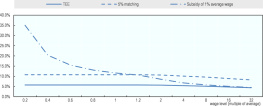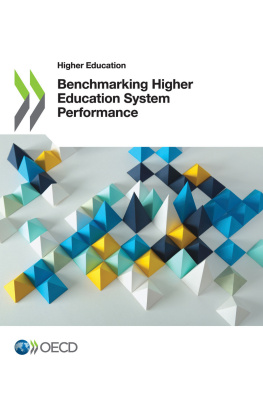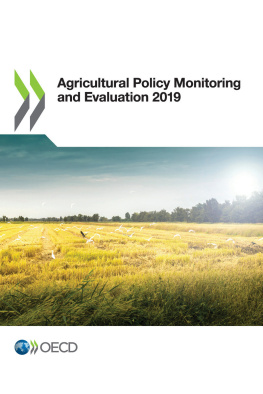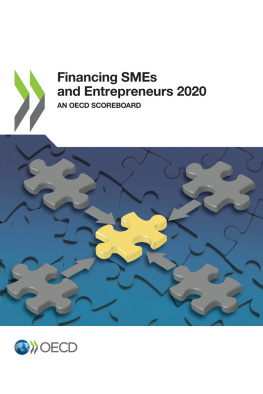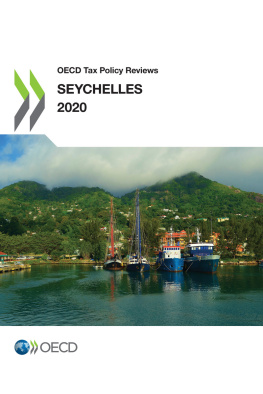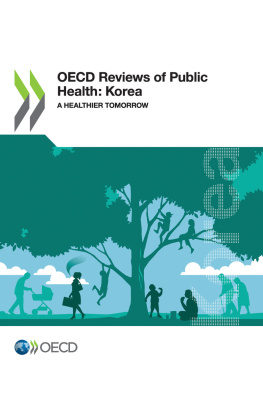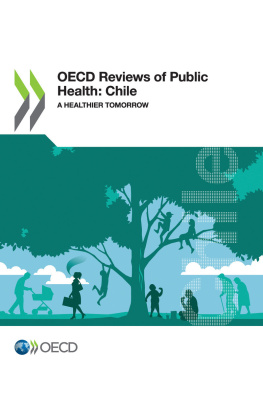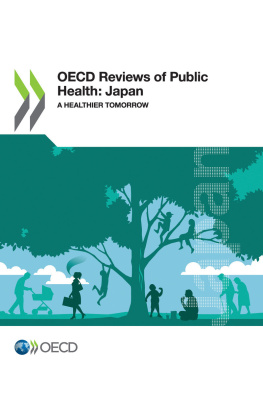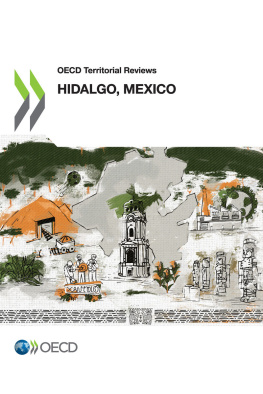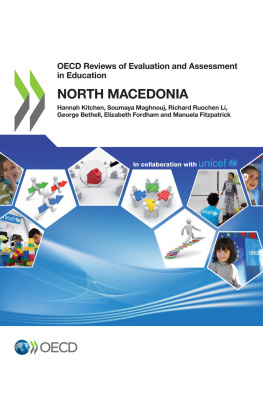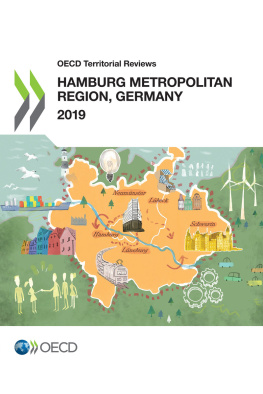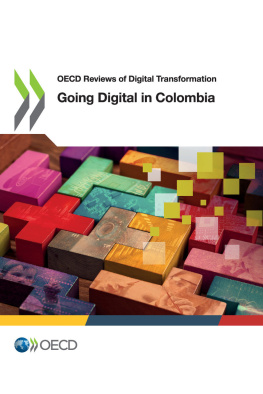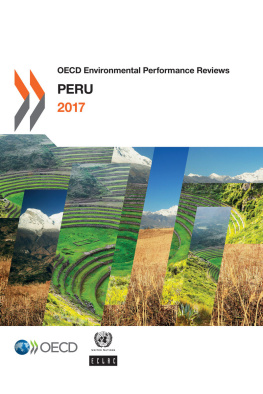OECD - OECD Reviews of Pension Systems: Peru
Here you can read online OECD - OECD Reviews of Pension Systems: Peru full text of the book (entire story) in english for free. Download pdf and epub, get meaning, cover and reviews about this ebook. year: 2019, publisher: OECD Publishing, genre: Politics. Description of the work, (preface) as well as reviews are available. Best literature library LitArk.com created for fans of good reading and offers a wide selection of genres:
Romance novel
Science fiction
Adventure
Detective
Science
History
Home and family
Prose
Art
Politics
Computer
Non-fiction
Religion
Business
Children
Humor
Choose a favorite category and find really read worthwhile books. Enjoy immersion in the world of imagination, feel the emotions of the characters or learn something new for yourself, make an fascinating discovery.
OECD Reviews of Pension Systems: Peru: summary, description and annotation
We offer to read an annotation, description, summary or preface (depends on what the author of the book "OECD Reviews of Pension Systems: Peru" wrote himself). If you haven't found the necessary information about the book — write in the comments, we will try to find it.
OECD: author's other books
Who wrote OECD Reviews of Pension Systems: Peru? Find out the surname, the name of the author of the book and a list of all author's works by series.
OECD Reviews of Pension Systems: Peru — read online for free the complete book (whole text) full work
Below is the text of the book, divided by pages. System saving the place of the last page read, allows you to conveniently read the book "OECD Reviews of Pension Systems: Peru" online for free, without having to search again every time where you left off. Put a bookmark, and you can go to the page where you finished reading at any time.
Font size:
Interval:
Bookmark:
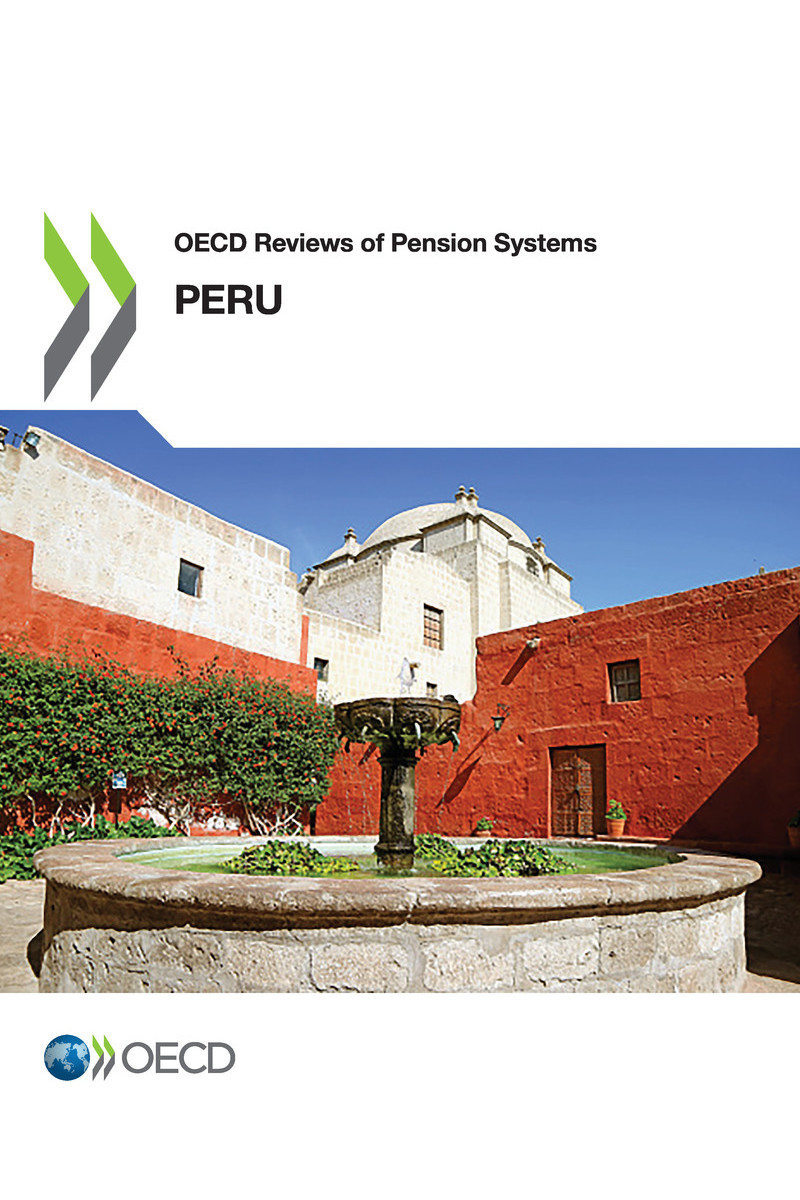
OECD (2019), OECD Reviews of Pension Systems: Peru , OECD Reviews of Pension Systems, OECD Publishing, Paris, https://doi.org/10.1787/e80b4071-en .
This Pension Review provides an assessment of the retirement income provision of Peru from an international perspective, and focuses on the capacity of the Peruvian pension system to deliver retirement income in a financially sustainable way. The OECD Pension Reviews use the OECD international best practices for the design and regulation of pension systems. The analysis is based on both OECD flagship pension publications, Pensions at a Glance and Pensions Outlook, the OECD Roadmap for the Good Design of Defined Contribution Pension Plans, the OECD Core Principles of Private Pension Regulation, various other OECD work in the area of pensions, and country-specific sources and research.
The report was prepared by a team of pension analysts from the OECDs Directorate for Financial and Enterprise Affairs and the Directorate for Employment, Labour and Social Affairs: Pablo Antolin, Herv Boulhol, Jessica Mosher, and Andrew Reilly. Contributions from Juan Vazquez from the OECD Development Centre are gratefully acknowledged. The report has benefited from insightful comments and suggestions from Diana Hourani, Romain Despalins and Stphanie Payet. Editorial assistance was provided by Pam Duffin, Arianna Ingle, and Edward Smiley.
The OECD is very grateful to numerous public officials in the Superintendence of Banking, Insurance, and Private Pension Administrators of Peru (SBS) and the Pension Normalisation Office (ONP) particularly, Soccoro Heysen, Jorge Mogrovejo, Elio Sanchez, Cristina Nakasone, Alejandro Arrieta, Jos Valderrama, Hillman Farfan for their invaluable help and input. The OECD team is also grateful for useful discussions and comments from representatives of the Peruvian Pension Funds (AFPs) and their association, as well as the Peruvian association of insurance companies.
The opinions expressed and arguments used herein should not be taken to reflect the official views of the Peruvian government or the OECD member countries.
This review assesses the Peruvian pension system in its entirety, looking at both public and private, pay-as-you-go (PAYG) financed and funded pension provisions. It draws on international best practices and the specificities of the Peruvian pension system to propose a set of policy options to improve its functioning and ability to deliver adequate and secure retirement income.
These policy proposals should be implemented as a package. All the components work together to balance the different trade-offs. Implementing them separately in a piecemeal manner will break the balance and could jeopardise the whole reform. Nevertheless, implementation could be gradual taking into account fiscal capacity, institutional capability and labour market developments.
The review provides policy options to help tackle old-age poverty; establish a solid framework for the contributory pension system to meet its objectives; improve the coverage and level of pensions; and, optimise the design and improve the regulation of the funded private pension component. These proposals also aim to improve trust that the pension system and its institutions will work in the best interests of the population to provide a secure retirement income.
Tackle old-age poverty by establishing a non-contributory pension that provides a safety net for all Peruvians in old age
The safety-net programme Pensin 65 that provides a flat benefit payment for the elderly in extreme poverty has largely been a success. However, coverage could improve.
Benefit levels (currently around 9% of average wages) should increase and should grow, at least, with inflation to maintain purchasing power.
Publicity campaigns could increase peoples awareness of the programme and the programmes eligibility criteria could reach a larger population.
With the expansion of coverage, Pensin 65 benefits may need to change from a flat-rate to a top-up payment.
Establish a solid framework for the contributory pension system to meet its objectives
The PAYG public and funded private pension components currently operate in parallel, competing against each other rather than building on complementarity. Strict eligibility requirements for the public system mean that many contributors will not be eligible for benefits. Furthermore, a lack of coordination among public institutions overseeing the whole pension system has led to pensioners losing contributions.
The public PAYG and the funded private pension should complement each other. One main recommendation is to retain both, and require that everyone contribute to and receive pensions from both components.
Apply the new rules to all new contributions to the system immediately after the reform while protecting past entitlements.
Adjust the public system benefit formula to ensure financial sustainability. Introduce automatic mechanisms to adjust the parameters and benefit levels to the macroeconomic and demographic realities.
Reduce the minimum number of years required to contribute to the PAYG system before being eligible for benefits.
Establish a minimum level of pension that increases with the number of years of contributions so that individuals can see merit in continuing to contribute. Coordinate the minimum pension benefit with the increased safety-net Pensin 65.
Create a centralised platform to collect contributions and manage information collection for the entire system.
Font size:
Interval:
Bookmark:
Similar books «OECD Reviews of Pension Systems: Peru»
Look at similar books to OECD Reviews of Pension Systems: Peru. We have selected literature similar in name and meaning in the hope of providing readers with more options to find new, interesting, not yet read works.
Discussion, reviews of the book OECD Reviews of Pension Systems: Peru and just readers' own opinions. Leave your comments, write what you think about the work, its meaning or the main characters. Specify what exactly you liked and what you didn't like, and why you think so.

